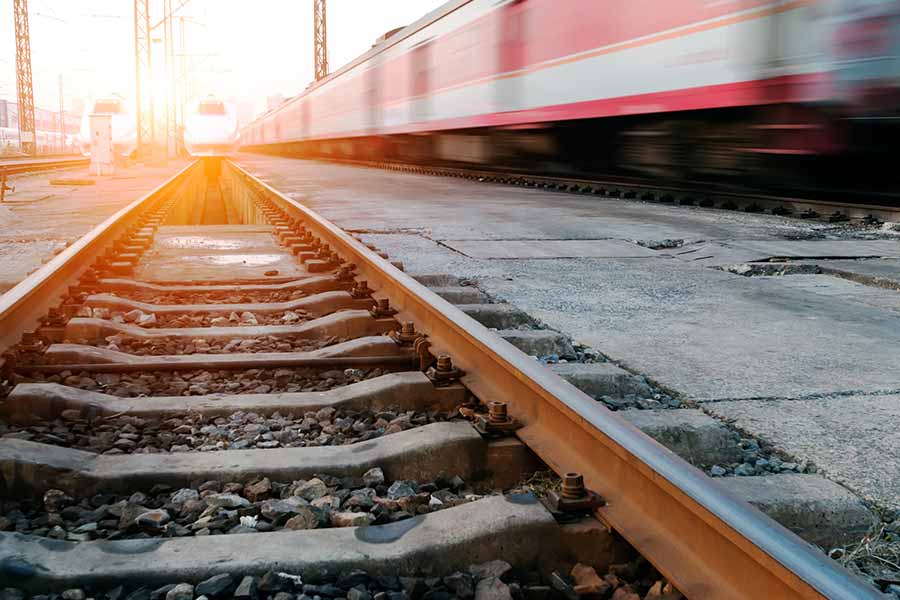The Indian Railways have sanctioned the final location survey (FLS) for 14 new railway routes to connect the northeastern parts of the country by laying railway tracks through neighbouring countries like Nepal and Bangladesh.
“Recently, the railways have sanctioned the survey which covers 1,275.50km. Once these new routes are operational, rail connectivity to the neighbouring countries and the Northeast will improve and significantly increase trade and tourism activities,” said Sabyasachi De, the chief public relations officer of the Northeast Frontier Railway (NFR).
The principal rail route that connects the entire Northeast moves through the Siliguri Corridor.
A strategic location in India, also known as the “Chicken’s Neck”, it is the slimmest part of the sub-continent, perched between Nepal in the north and Bangladesh in the south. The China border is located barely around 170km away.
“The Indian government has been exploring options to connect the Northeast via railway through Bangladesh for strategic reasons. The benefits are substantial. On one hand, it will reduce dependence on the existing route which moves through the Siliguri Corridor. On the other hand, it will reduce travel time to the Northeast,” said an ex-serviceman based in Siliguri.
The decision of the Bangladesh government to allow India to lay railway tracks in the country has facilitated New Delhi's plan of implementing better connectivity with the Northeast.
According to railway sources, the survey would be conducted along a total stretch of 861 kilometres in Bangladesh, 202.50 kilometres in Nepal and 212 kilometres in north Bengal and the Northeast.
“It is an important development as the FLS, or the survey, is always conducted once a decision is made to develop a particular railway route. Based on the survey's inputs, the project's work details are prepared and cost estimations are made,” said a senior railway official.
He pointed out that in most of the proposed routes, there are existing railway tracks along a considerable part of these routes.
“In some cases, railway lines have to be laid to finish the entire route. In other cases, there will be gauge conversions. For the route planned through Bangladesh, there are stations on both sides of the border. Tracks have to be laid to connect these stations like it had been done between Haldibari and Chilahati,” he added.
For example, the Balurghat – Hili – Parbatipur – Kaunia – Lalmanirhat – Mogalhat – Gitaldaha section is a 32-kilometre-long route. Here, the tracks have to be laid along 14 kilometres while gauge conversion has to be done for the remaining 18 kilometres.
“Also, there are a few routes like Balurghat – Hili– Gaibandha – Mahendraganj – Tura – Mendipathar, where rail tracks have to be laid along the entire stretch of 250 kilometres,” said a source.
Like the Northeast, there are alternative stretches among these projects which would connect north Bengal districts through Bangladesh.
For example, a route has been proposed to connect Dalkhola in North Dinajpur with Haldibari of Cooch Behar. Another route would connect Radhikapur with Gitaldaha, which are also in North Dinajpur and Cooch Behar districts respectively.
Like Bangladesh in the south, routes have also been planned through Nepal in the north. Among these include the 190-kilometre-long Biratnagar- New Mal Junction (in Jalpaiguri district) route. (See chart)
"This will be a win-win outcome for India and India's neighbours.... It will improve connectivity to Northeast and also result in better railway networks with the neighbouring countries, which would in the long run boost trade and the overall economy of the region," said a source.

